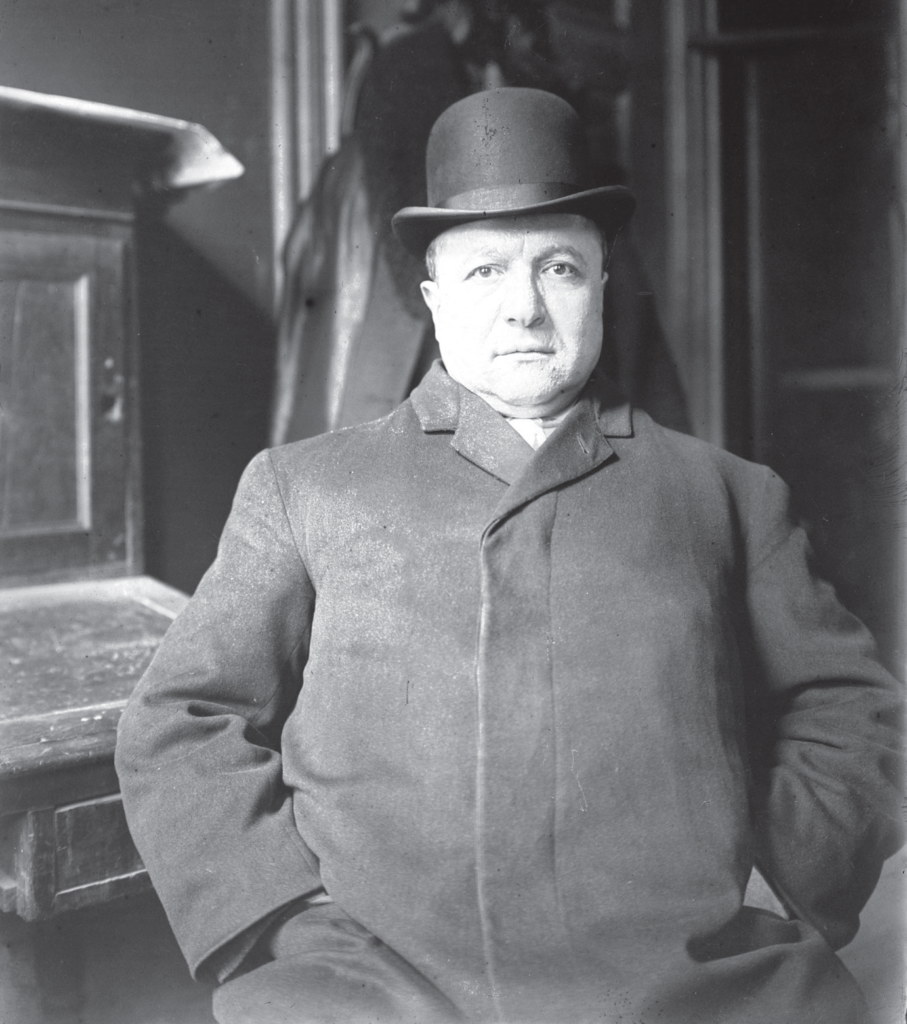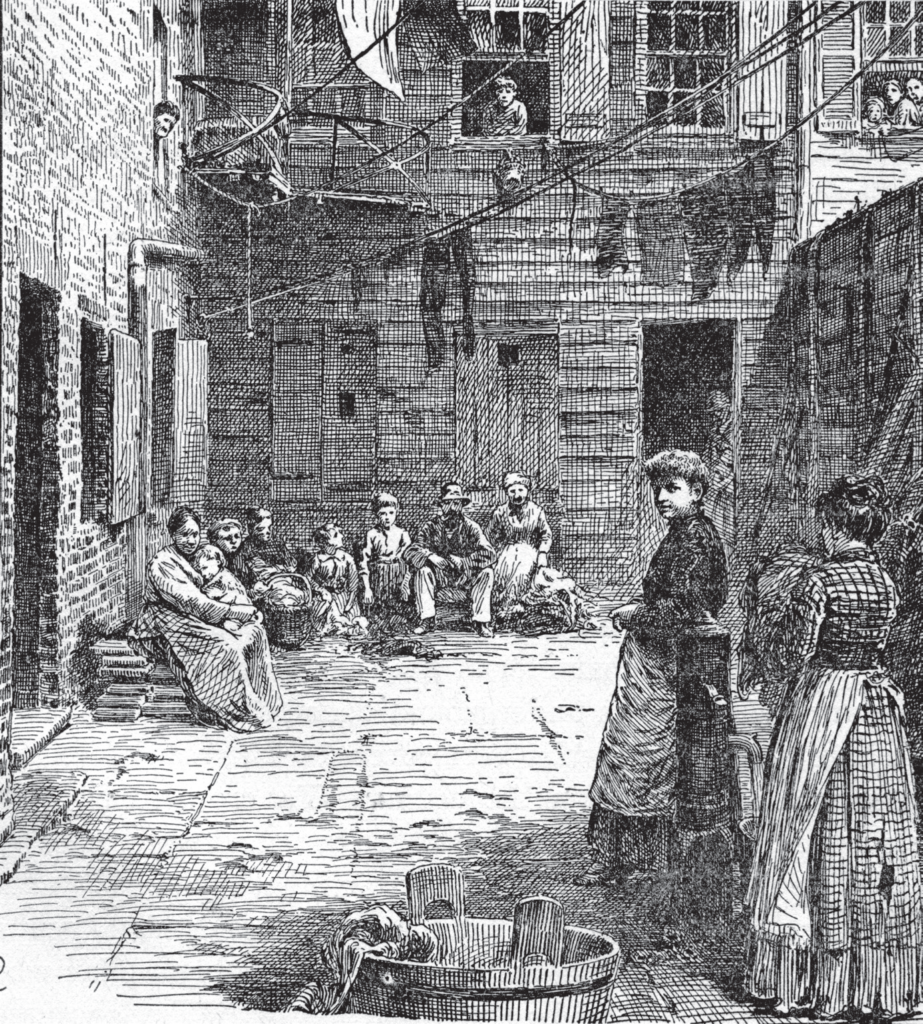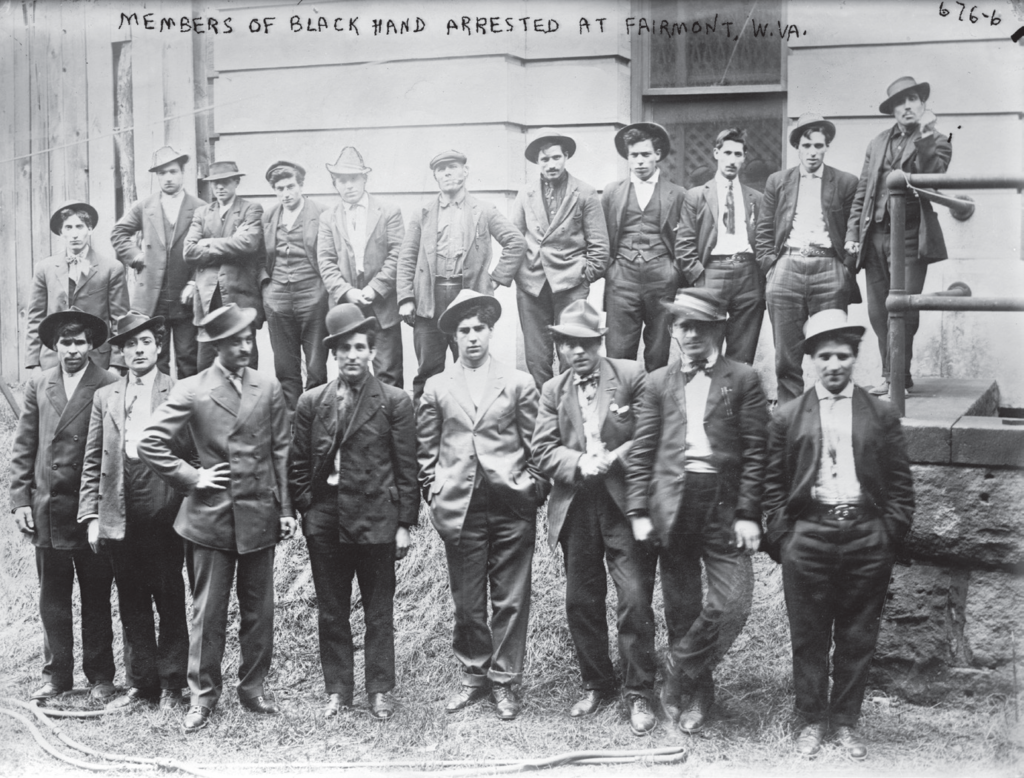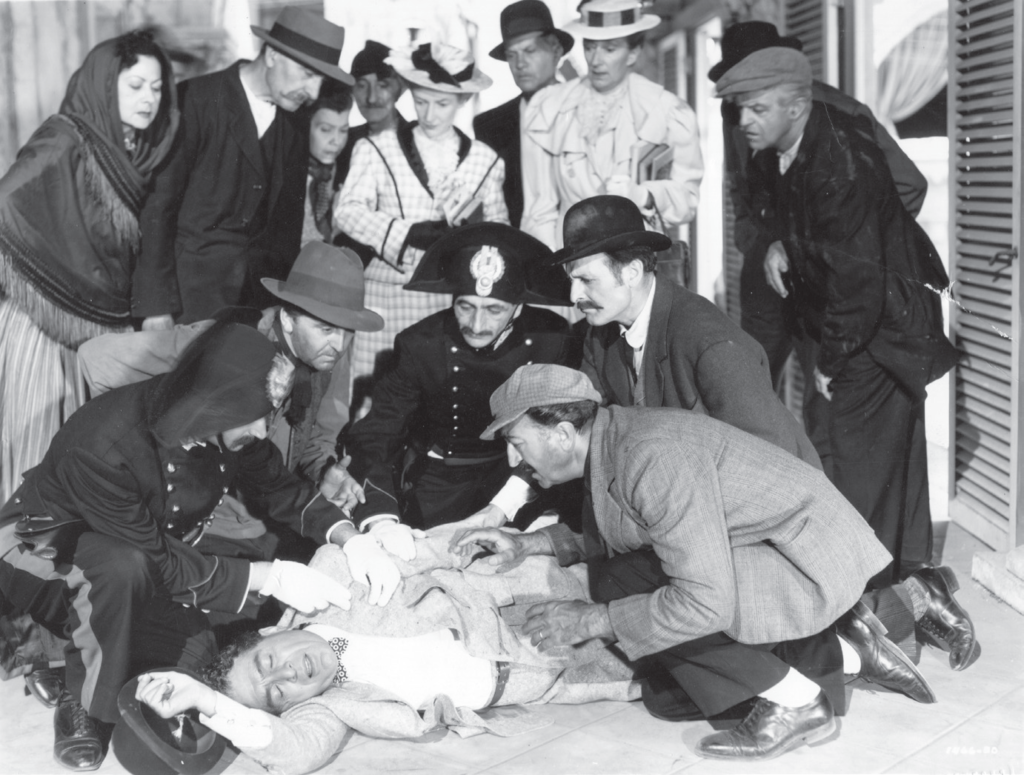
Before America saw headlines about the Capone Mob, the Purple Gang and Murder Inc., the specter of the Black Hand terrorized nearly every major city. Fears that the Mafia had reached our shores and infiltrated every Italian immigrant community kept police alert and citizens on edge. It was only a matter of time before these professed Robin Hoods formed a band. And when they did, the eyes of the world turned to Ohio, particularly when the local Black Hand outfit known as the Society of the Banana went on trial.
Regular readers know well our obsession with the capers of America’s criminals, from our amazing rogue’s galleries to our in-depth profiles of cases past. But take us at our word—there is one thing we love more than a good crook, one thing only, and we’re privileged to bring one to you this week: a good cop.
And Detective Giuseppe Petrosino wasn’t just a good cop. He was a great one.

Born in Padua, the Italian native immigrated to New York at the same time as many of his Italian compatriots, in the years after Italy’s reunification. As authors David Meyers and Elise Meyers Walker explain in Ohio’s Black Hand Syndicate: The Birth of Organized Crime in America, the increasing influx of Italians to the United States in the late 1800s created tightly-knit ethnic and linguistic enclaves, enclaves that yielded both the good and the bad.
Gangs of America
As Italian gangs in Ohio, Chicago, and New York began to rise in prominence, law enforcement agencies in major cities were often stymied by lack of access to their communities. To remedy this, police realized they needed to work within those communities, not against them.

Enter Petrosino. As a native of the home country, he was not only fluent, he was simpatico, and through his careful cultivation of informants was able to build unprecedented trust with members of the Italian community.
In the early 1900s, kidnapping and extortion ravaged everyday Italian merchants and their families, with murders and bombings often following for those who wouldn’t play along. Petrosino’s old-fashioned shoe-leathering allowed him to identify suspects and secure convictions previously unattainable.

“Although just five feet, three inches tall (Police Superintendent Theodore Roosevelt had waived the height requirement), he possessed courage in abundance,” Meyers and Walker explain. “And he was motivated by a desire to eradicate the Italian underworld because of the shame that it brought upon law-abiding Italian Americans.”
Famously, Petrosino formed an all-Italian detective unit of the NYPD, one of the first of its kind in the country. (So novel was it, the idea even inspired the famous Pinkerton Agency to follow suit, and gave rise as well to a White Hand anti-mafia effort.)
Not only was Petrosino able to catch Black Hand mafiosi operating across New York and the northeast, but he also pushed the United States and Italian governments to coordinate the restitutions of known criminals. Based on tips he received from informants, he was even able to arrest Neapolitan criminal godfather Enrico Alfano on one of Alfano’s visits to New York.

Petrosino knew the risks of his work; sadly, his success would prove to be his undoing. Convinced he needed to return to Italy to see the problem firsthand, Petrosino traveled to Palermo, Sicily in 1909.But with his reputation preceding him, he was already a marked man, and an accidental slip by his commissioner revealing his travel plans allowed members of the Sicilian mafia to lay a trap.
According to Meyers and Walker, a group of assassins ambushed him in Palermo’s Piazza Marina, where he was waiting on a local informant—a murder that would later be immortalized in film.

Petrosino’s murder—an international incident—led to a crackdown on Mafia activity back in the States, but despite an intensive investigation, his killers were never found. Even so, his funeral in New York in April 1909 drew thousands of marchers in its parade, and over a quarter of a million mourners paying their respects. We’re privileged here at Crime Capsule to honor this exceptional leader in American law enforcement, who pioneered new methods of policing and who gave his life in the interest of public safety.
But the final word should be his: “If the Italian coming to this country,” he once said, “only knew that the American had secured his independence by as great a struggle [as they had in their own country], there would be an immediate bond of sentiment of the purest kind between him and his new brother-citizen.”
Detective Joe, to you we raise our hats. Grazie—grazie per tutto.




